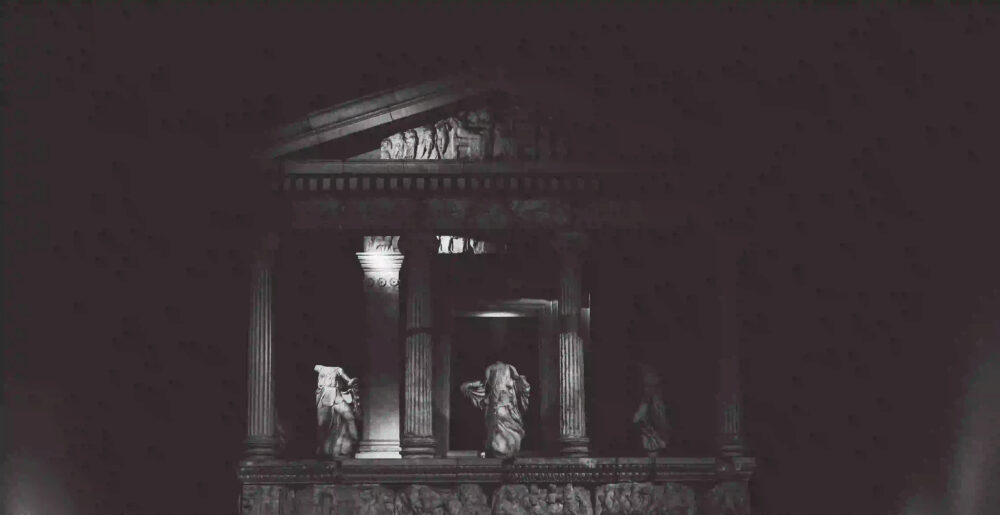The elements of Earth, Air, Fire, and Water have long held a significant place in the mythologies of ancient civilizations. These fundamental forces were not merely seen as physical entities but were imbued with spiritual and symbolic meaning. In this blog post, we will explore the mythology surrounding these elements and delve into their cultural significance in ancient beliefs.
Earth: The Foundation of Life
Earth, representing stability and fertility, was revered as the foundation of life in many ancient cultures. It was associated with the goddess of fertility and agriculture, as well as the god of the underworld. The element of Earth was believed to possess healing properties and was often used in rituals and ceremonies to connect with the natural world. In mythological tales, Earth was depicted as a nurturing mother figure, providing sustenance and shelter to all living beings.
Air: The Breath of Life
Air, the invisible force that surrounds us, was considered the breath of life in ancient mythology. It symbolized communication, intellect, and freedom. In many ancient belief systems, gods and goddesses associated with the element of Air were considered messengers between humans and the divine. Air was also seen as the medium through which prayers and offerings reached the heavens. The power of wind and storms was believed to be a manifestation of the element’s influence.
Fire: The Catalyst of Transformation
Fire, with its mesmerizing flames and powerful heat, held a central role in ancient mythology. It represented energy, passion, and transformation. Fire was associated with the gods of creation and destruction, and its symbolism was deeply intertwined with both life and death. In mythological tales, fire was often depicted as a tool for purification and renewal. It was believed to have the power to bring about profound changes and was used in various rituals to invoke transformation and spiritual enlightenment.
Water: The Source of Life and Renewal
Water, the life-giving force that sustains all living beings, was revered in ancient beliefs. It symbolized purification, emotional depth, and the subconscious. Water was associated with goddesses of love, fertility, and wisdom, as well as gods of the sea and rivers. It was believed to possess the power to cleanse and heal. In mythology, water often represented the cycle of life, flowing from its source to nourish the land and returning to its origin, representing renewal and rebirth.
The Interplay of the Elements
While each element held its own significance, ancient mythologies often depicted the interplay and balance between them. The elements were believed to be interconnected and influenced one another. For example, Earth provided the foundation for plants to grow, which in turn released oxygen into the Air. Fire, fueled by Earth’s resources, could transform substances into ashes, which could then enrich the Earth. Water, with its ability to flow and shape the land, was influenced by the forces of Air.
Conclusion
The mythology of the elements - Earth, Air, Fire, and Water - in ancient beliefs reveals the deep connection between humans and the natural world. These elements were seen as powerful forces that shaped the physical and spiritual realms. They held symbolic meanings and were revered in rituals and ceremonies, offering a glimpse into the rich cultural tapestry of ancient civilizations.
As we explore these ancient mythologies, we gain a deeper appreciation for the wisdom and reverence our ancestors held for the elements. Their beliefs remind us of the intricate dance between humanity and the natural world, and the importance of maintaining a harmonious relationship with the earth, air, fire, and water that sustain us.
So, the next time you feel the warmth of the sun on your face, breathe in the fresh air, feel the earth beneath your feet, or watch the gentle flow of a river, take a moment to reflect on the mythology of the elements and the profound connection they have with our existence.
